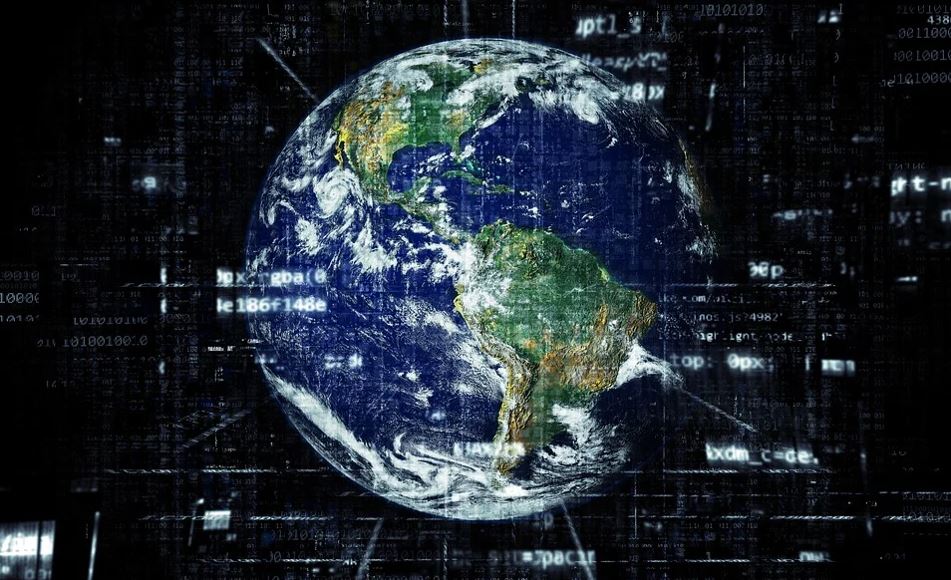Technology has undeniably transformed sports, and the multi-billion sports industry is actively seeking advancements through new tech. One of the glaring examples explained in blockbuster movies is extensive data analysis. Using advanced stats and analytics, tech pioneers changed the nature of some sports.
Thanks to analytics, baseball is now hit a home-run or strikeouts, and basketball revolves around three-point shots.

More data, more fun
Developing technologies like IoT and numerous sensors connected to software solutions enable advanced metrics. For example, athletes wear sensors that monitor their movement, body functions and even skill moves. These are translated to statistical data, which players use to fine-tune their performance, and coaches to modify training.
Increasingly, those data sets are crucial for consumers and the entertainment part of the sport. We are used to seeing the speed of a tennis or baseball ball, how high Zack Levine jumped on a dunk attempt, or how much Kevin DeBruyne ran in the soccer game. Broadcasters use advanced metrics for the overlay to increase the content value.
The iGaming sector also benefits from technology in sport. On the one hand, bets are available online now, which makes it possible to place them on a laptop or a smartphone at home or anywhere else, where the bettor is connected to the internet. On the other hand, providers can offer much more statistics to the user. Bettors can create on-the-fly bets based on the statistical performance of the team. For example, you can recognize favorable odds for NRL with more insight into the field’s actual situation.
Along with the sensors on players, various tech advancements help measure performance. For example, sensors cover the whole field or court, and some clubs use drones to monitor players’ formations and behavior. The IoT revolution is ongoing, and we can expect even deeper technology involvement in the future.
Fair game challenge
Technology is transforming how referees perform in games. For example, replay in the NFL helps refs on pass interference, fumble, and touchdown reviews, among others. Soccer had goal-line technology for a while, and VAR came after that to combat offside and penalty kick miscues. Fans are not pleased with the implementation overall, but the negative is still more connected to the referees than the technology.
In the future, we expect to see further implementation of tech like robot referees that will eliminate mistakes further.
Social media and VR
Virtual reality is a mature technology but still quite expensive for end-users. However, broadcasters and other providers experiment with VR. For example, instead of watching the World Cup match on the big screen, you can be in the front row immersed in the game.
Some soccer clubs tried Augmented reality, where viewers had AR glasses on stands and watched the live game with updates on the glass screens.
You can now watch some matches in 4K resolution, and with 8K TV sets already in shops, you will be able to stream extreme high-res quality games in the future.
Social media is changing how fans interact with athletes. Most young athletes use social networks natively, have huge followings, and provide valuable information to their fans. Social media impacts team business and players’ revenue options. Savvy Instagram or TikTok users will earn more on social media than from contracts in the future.
Interesting related article:

